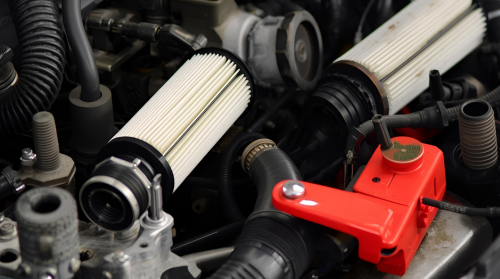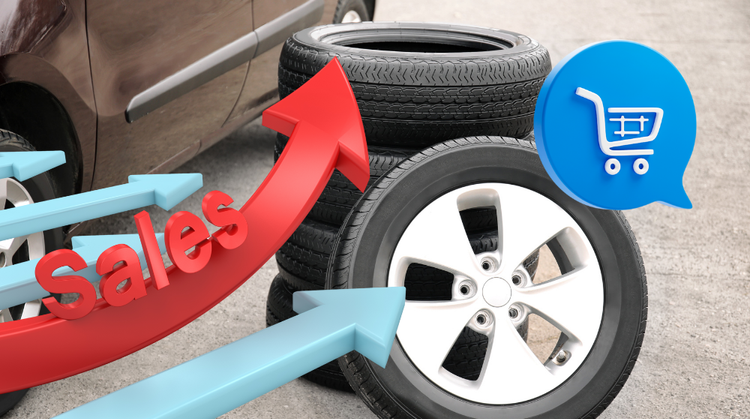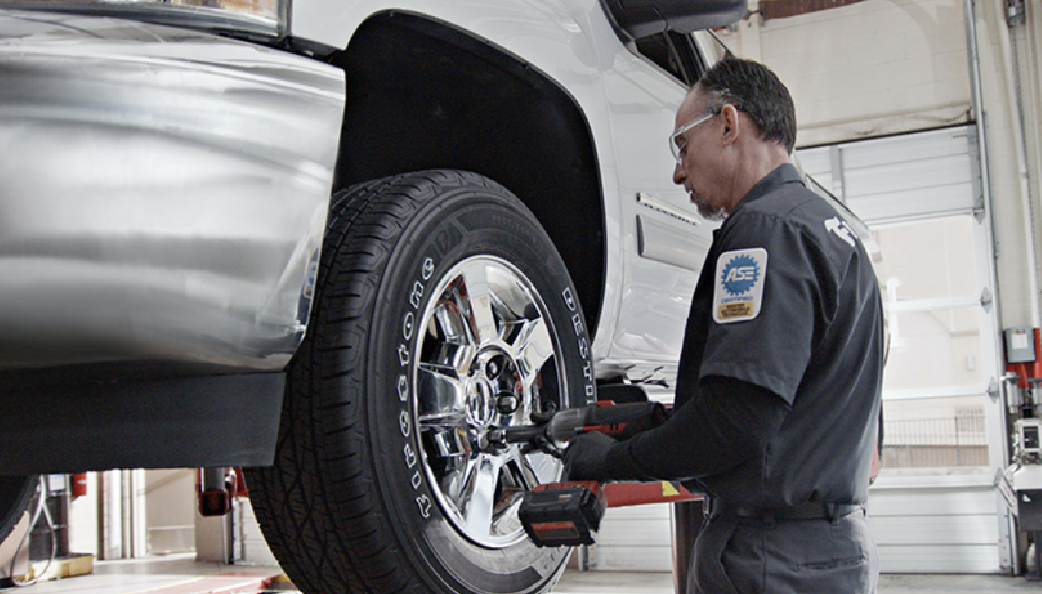In the automotive industry, especially in the auto parts segment, the digitization of catalogs has become an essential tool. It is not just about uploading an Excel sheet to the cloud: it is about completely transforming the way inventory is managed, distributed, and sold.
What does it mean to digitize a catalog?
Digitizing a catalog means migrating all product information (SKU, description, compatibility, images, prices) to a platform capable of connecting to other systems: ERPs, marketplaces, online stores, and inventory management software. This step ensures the catalog is available 24/7, always updated and ready to sell.
Main advantages of digitizing the product catalog
Who needs to digitize their catalogs?
It is not only for large companies. The benefits apply to manufacturers, brands, and sellers beginning to sell online. Digitization enables the display of compatibility with specific models (for example, which mirror fits a particular year and model), something impossible with traditional methods.
Alephee: technology that connects and empowers
In this context, Alephee positions itself as a strategic solution for companies in the automotive sector. Its platform enables direct integration with marketplaces such as Mercado Libre, automating key processes such as product listing, inventory updates, order management, and price synchronization.
Thanks to this integration, companies can optimize operational time, reduce human errors, and scale their operations without losing control or efficiency.
Companies that digitized their catalogs reported:
-
Up to 90% reduction in human errors
-
Significant increase in online sales
-
Improved reputation and trust among distributors
How hard is it to get started?
It is very easy to connect: validations are carried out, data is structured, and an exportable catalog is generated for any channel.
The digitization of auto parts catalogs is no longer optional for those who want to compete. Consumers seek speed, availability, and accuracy and this is only possible if the inventory is online, structured, and automated.
It doesn't matter whether you sell 100 or 10,000 SKUs: the first step is taking the leap into digital.











